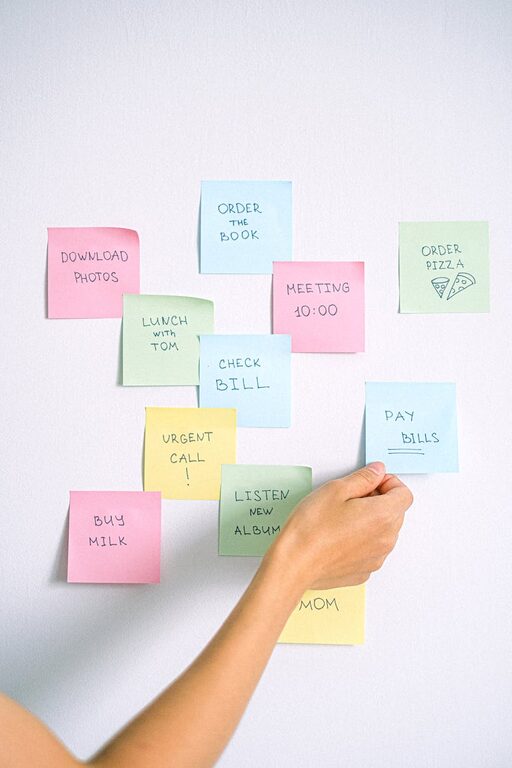Creating a family command center is a fantastic way to bring order and clarity to the busy lives of every household member. Whether you’re managing work schedules, school activities, meal planning, or household chores, having a dedicated spot to keep everything in one place can reduce stress and keep everyone on the same page.
In this post, we’ll walk you through the steps to set up a functional and attractive family command center tailored to your household’s needs.
—
What Is a Family Command Center?
A family command center is a central area in your home organized with all the important information and tools your family needs to stay organized. This space helps coordinate schedules, communication, and household management. It can be as simple as a bulletin board in the kitchen or as elaborate as an entire wall with various organization tools.
—
Benefits of a Family Command Center
– Clear communication: Everyone knows where to find schedules, reminders, and notes.
– Reduced stress: Avoid last-minute scrambles by planning ahead.
– Time saving: Quickly check appointments, meal plans, and chore assignments.
– Encourages teamwork: Family members participate in household management.
– Customization: Tailor the center to your family’s unique needs.
—
Step-by-Step Guide to Setting Up Your Family Command Center
1. Choose the Location
Pick a spot in your home that everyone passes by frequently. Common places include:
– Kitchen wall or pantry door
– Entryway near the front door
– Mudroom or hallway
Make sure it’s accessible and visible to all family members.
2. Select the Base
Decide what physical setup will work best:
– Bulletin board or corkboard: Easy to pin papers, notes, and calendars.
– Magnetic whiteboard: For dry-erase markers and magnets.
– Wall-mounted organizer: Includes mail slots, folders, and hooks.
– Chalkboard: Fun and reusable for quick notes.
You can combine several systems to suit your needs.
3. Gather Essential Tools and Supplies
Some items to consider including in your command center:
– Calendar: Paper calendar, wall calendar, or whiteboard calendar.
– To-do lists: For family chores, errands, and reminders.
– Meal planner: Weekly or monthly meal plans visible to all.
– Mail organizer: Slots for incoming and outgoing mail or permission slips.
– Notepad and pens: Handy for quick notes or grocery lists.
– Hooks or small baskets: For keys, sunglasses, or masks.
– Chore chart: Visual assignments for children.
– Emergency contacts: Important phone numbers in plain sight.
4. Organize Information Clearly
Keep the layout simple and logical. Group similar items together and label sections if necessary. For instance:
– Calendar and schedule at eye level
– Mail organizer nearby
– Meal planning close to kitchen entrance
– Chore chart at kid’s height
This helps everyone find what they need quickly.
5. Involve Your Family
To make sure the command center works for everyone, involve the family in its creation.
– Ask family members what they want to see included.
– Assign specific responsibilities, like updating the calendar.
– Encourage kids to check the chore chart daily.
– Adjust as you go based on feedback.
6. Maintain and Update Regularly
A command center is most effective when kept up to date:
– Review and clear old papers weekly.
– Update calendars and to-do lists often.
– Refresh meal plans as needed.
– Encourage family members to use the center daily.
—
Additional Tips for a Successful Family Command Center
– Keep it simple: Don’t overcrowd; target only what’s necessary.
– Make it fun: Use colors, magnets, or themed decorations to engage kids.
– Use technology: Complement your physical command center with shared digital calendars or apps.
– Keep it flexible: As your family’s needs change, modify the setup accordingly.
– Use vertical space: Wall-mounted organizers save surfaces and reduce clutter.
—
Sample Family Command Center Layout
– Top left: Monthly calendar with all family events.
– Top right: Weekly meal planner and grocery list.
– Middle: Chore chart with assignments for each family member.
– Bottom left: Mail slots labeled “Inbox,” “To File,” and “Outgoing.”
– Bottom right: Pegs or hooks for keys and backpacks.
—
Conclusion
Setting up a family command center is a simple but powerful step towards a more organized and peaceful household. It keeps everyone informed, supports planning, and shares the responsibility of managing family life. With a little time and creativity, you can create a system that fits your home and helps keep daily chaos at bay.
Start small, be consistent, and watch how this central hub transforms your family’s routine!



